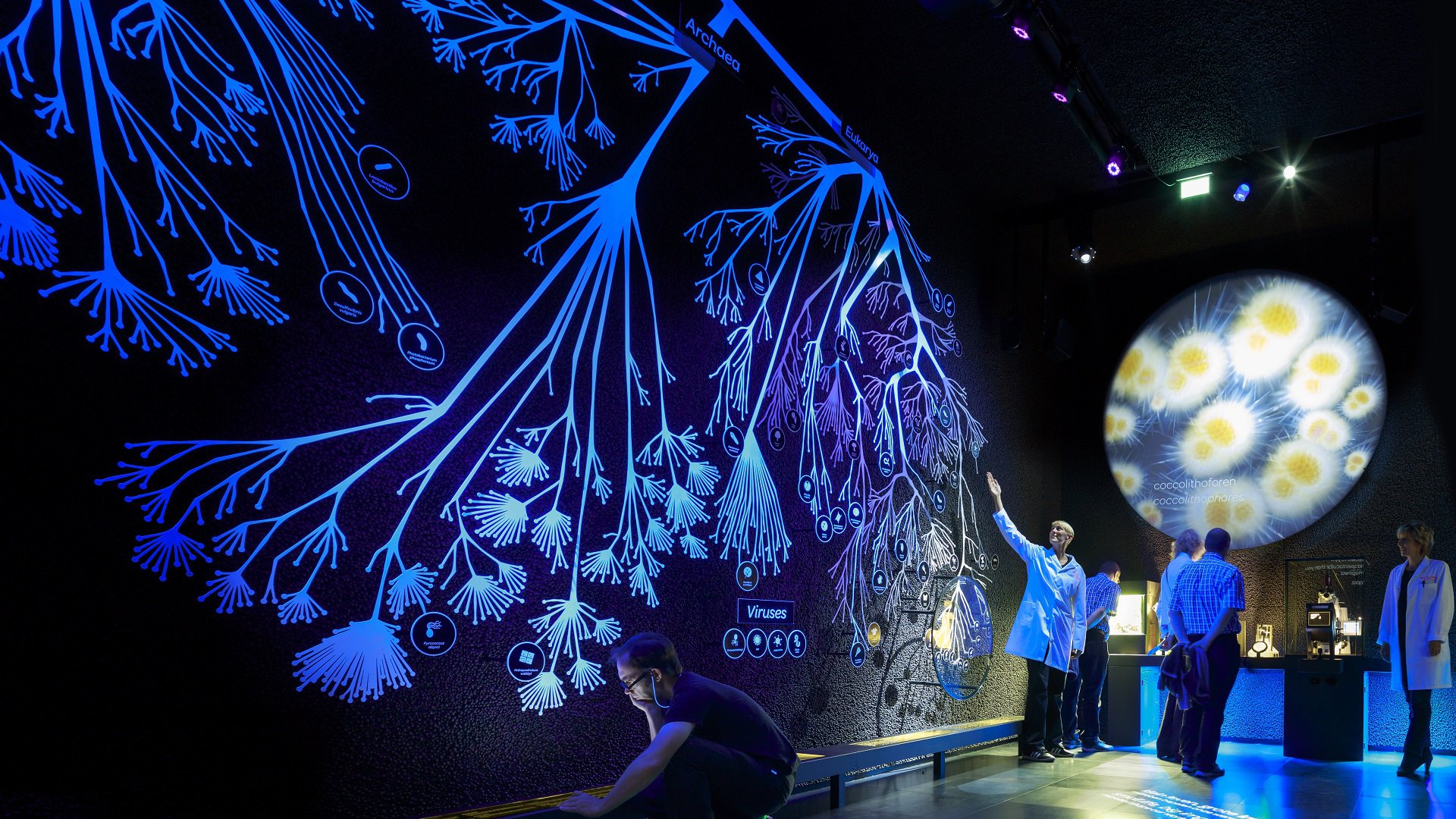All life on Earth is related. This relationship is depicted in the tree of life. Think of it as a family tree for the millions of species of animals, plants, fungi, bacteria, and archaea that exist on our planet.
All life on Earth is related. This relationship is depicted in the tree of life. Think of it as a family tree for the millions of species of animals, plants, fungi, bacteria, and archaea that exist on our planet.
Taxonomy
Our planet is home to millions of different life forms, of which humans are only one. The classification of all these life forms into the so-called tree of life is called taxonomy. The Swedish biologist Carl Linnaeus is generally considered as the father of modern taxonomy. In 1735 he published the book Systema Naturae, in which he attempted to rank all life forms known at that time according to a set hierarchy.
Three domains
The highest rank in the tree of life is the domain, of which there are three. These are Bacteria, Archaea, and Eukarya. The lifeforms contained within each domain are further subdivided according to kingdom, phylum, class, order, family, genus, and species. The domain Eukarya, commonly referred to as eukaryotes, is the most recognizable of the three. It contains all complex, generally multicellular life forms, including plants, animals, and fungi. Nevertheless, species within the domains Bacteria and Archaea, together the prokaryotes, outnumber the Eukarya easily. In the evolutionary history of our planet, prokaryotes were the first and, for a long time, only life forms. They have existed for around 3.6 billion years, whereas plants and animals have been around for less than a billion years. Imagine: more than three billion (3,000 million) years of life on earth, without any growing plants or animals walking around!
Microbes in all domains
Don’t make the mistake of thinking that all microscopic life is prokaryotic, though. The domain Eukarya also contains many microscopic life forms, including microalgae, fungi, yeasts, and the indestructible tardigrade. Want to learn more about these ‘invisible’ life forms, or see our life-sized tree of life with your own eyes? Come to Micropia some time!

